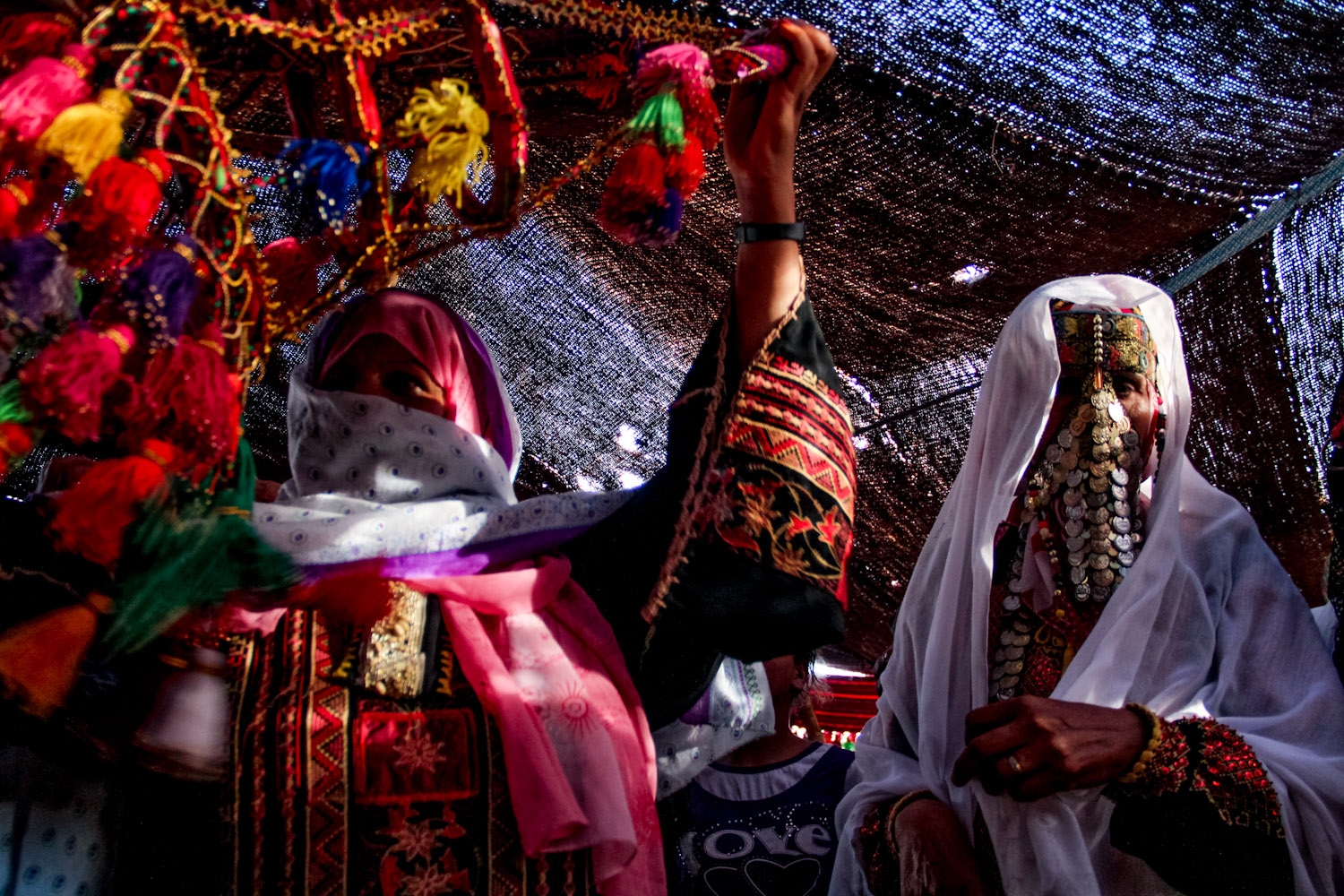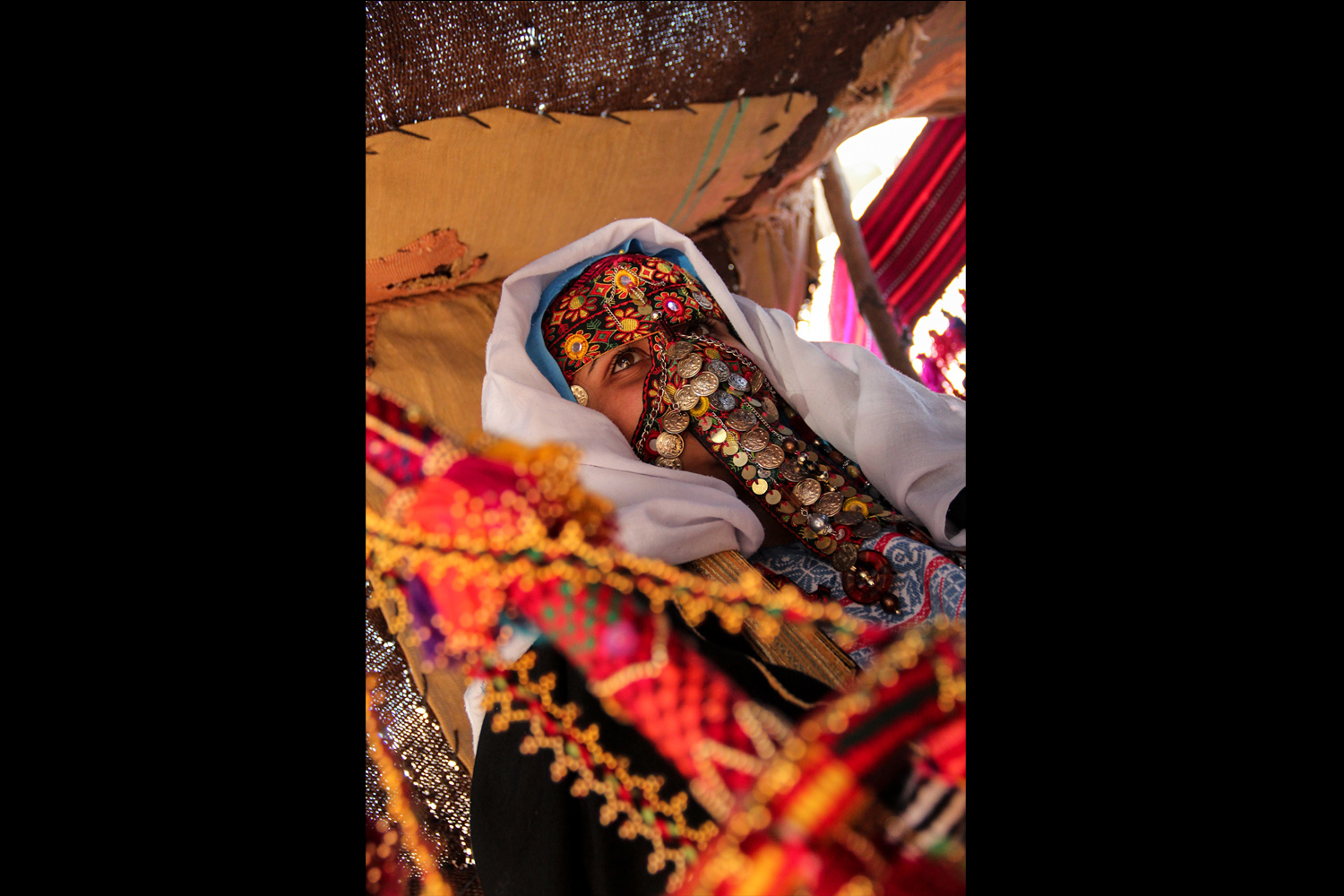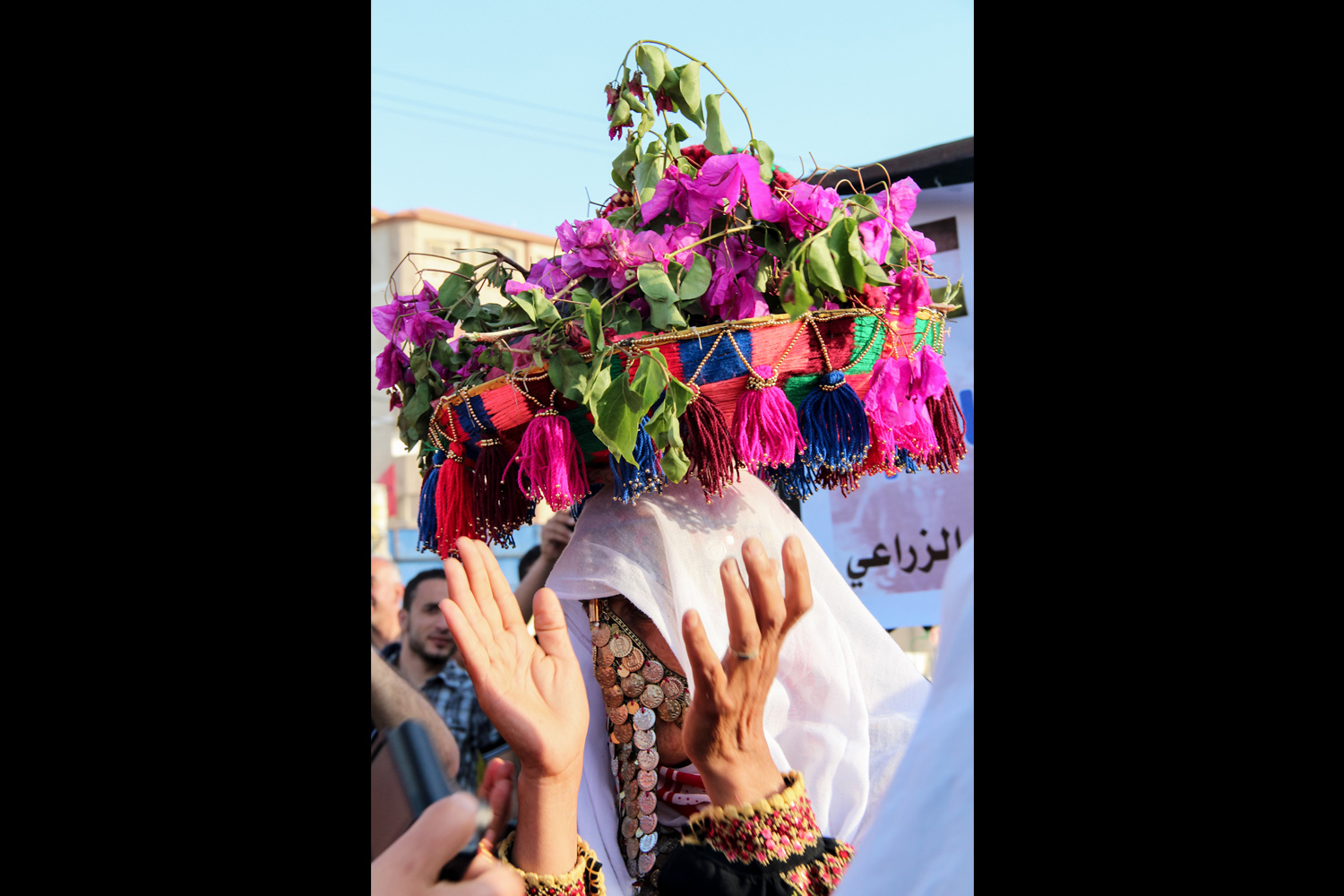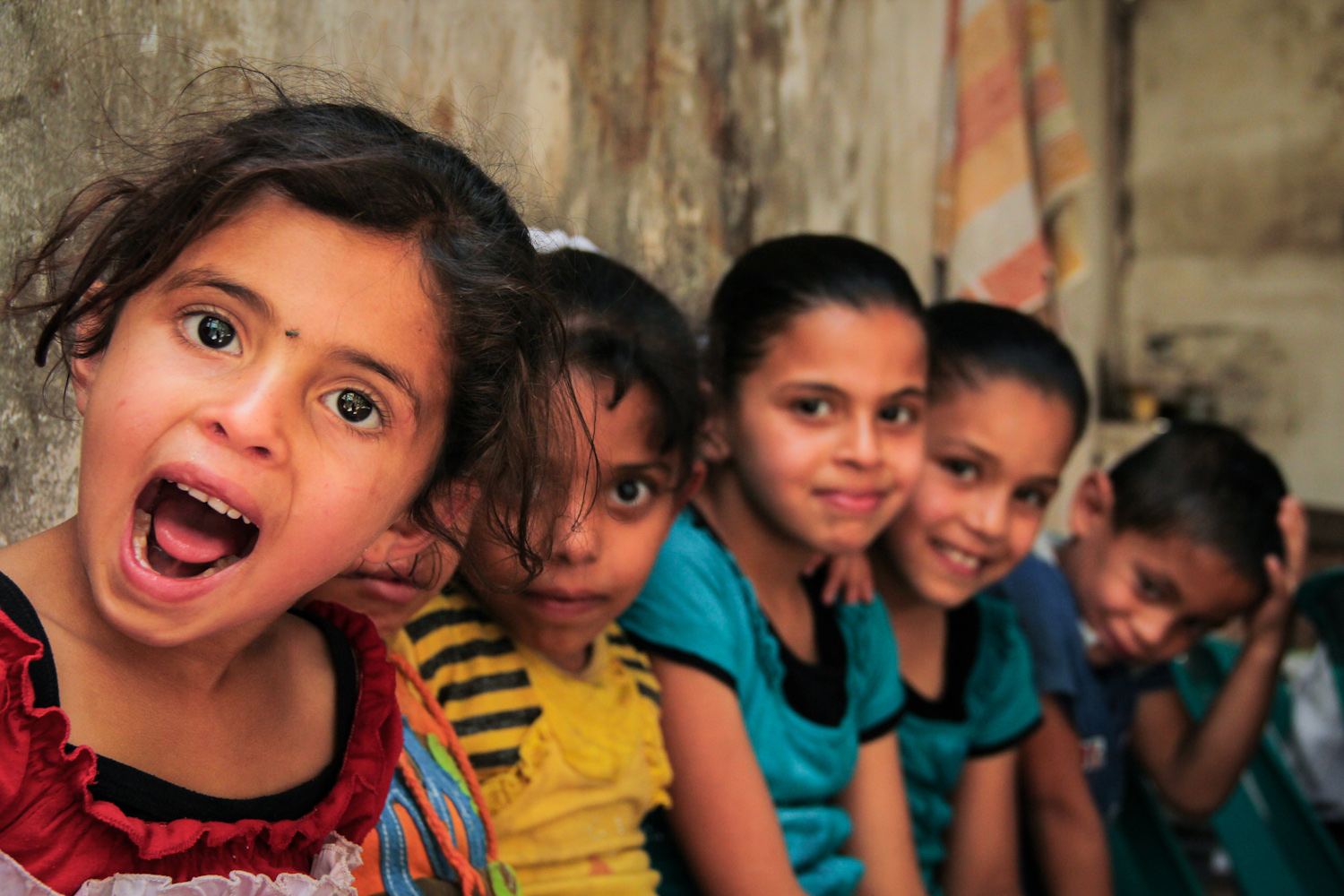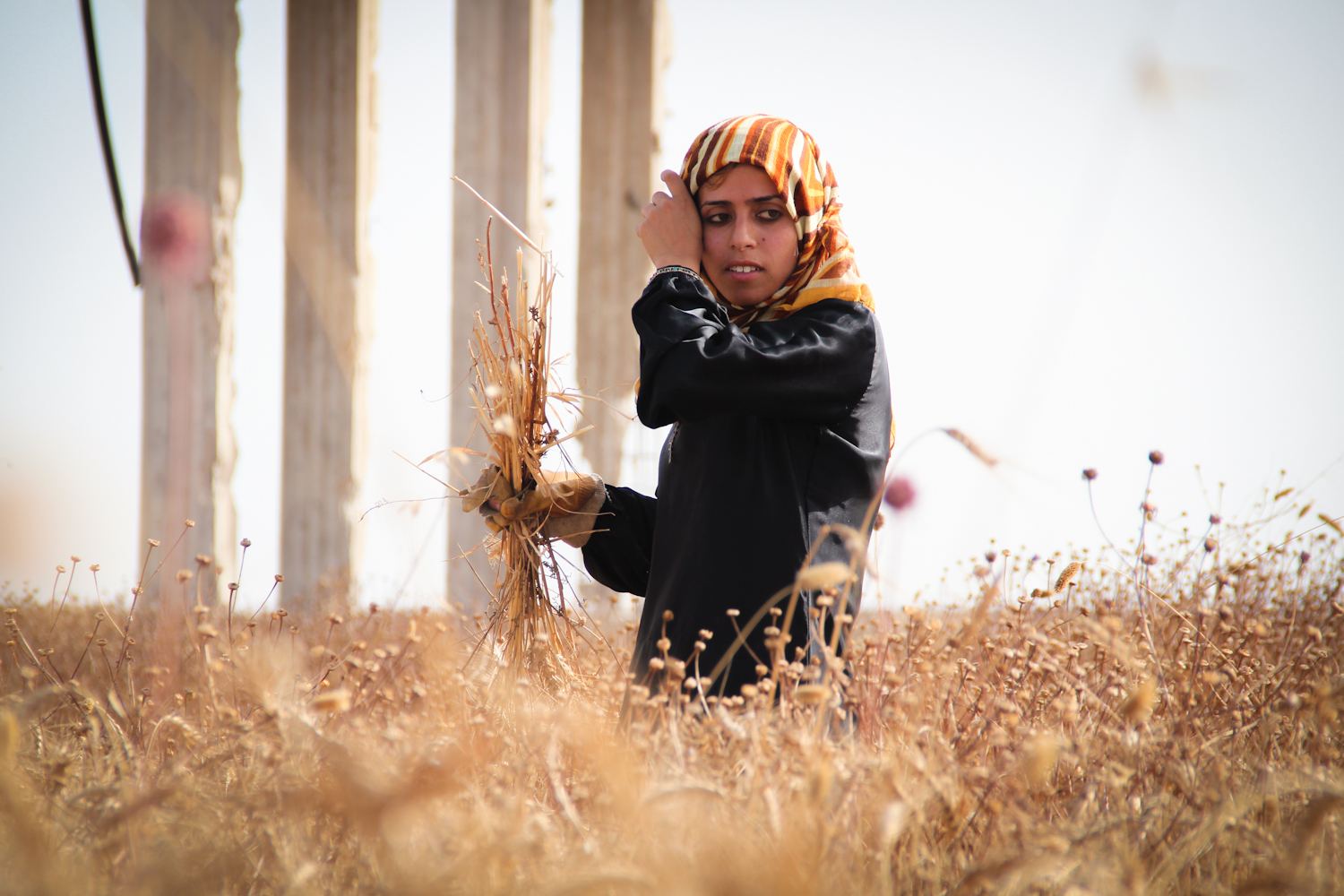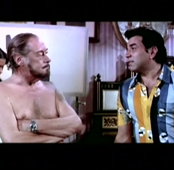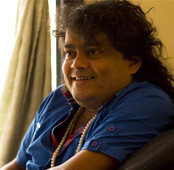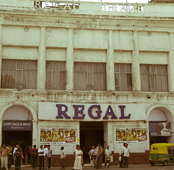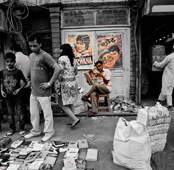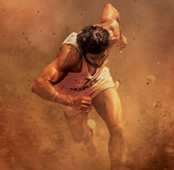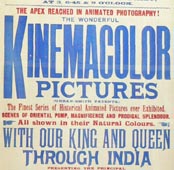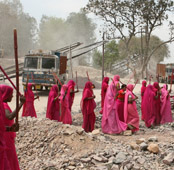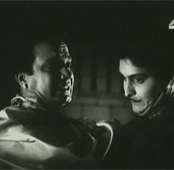-
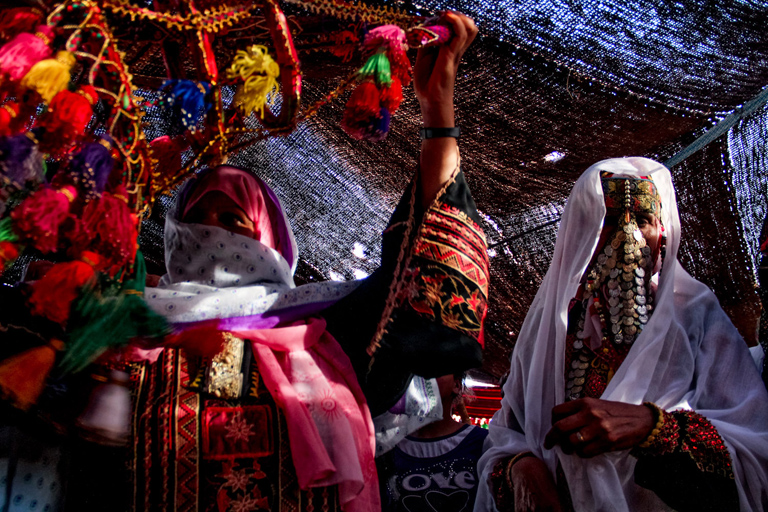 Bedouin wedding, May 15, 2012 (Deir el Balah, Gaza Strip) | (c) Ruqaya Izzidien
Bedouin wedding, May 15, 2012 (Deir el Balah, Gaza Strip) | (c) Ruqaya Izzidien -
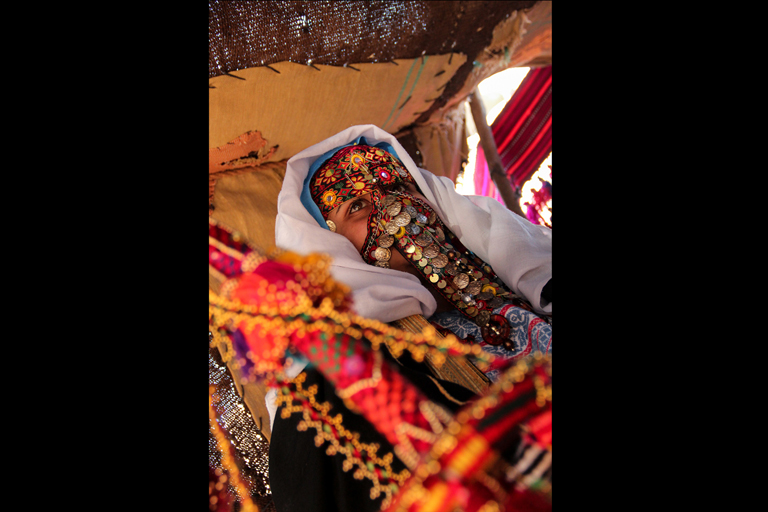 Bedouin wedding, May 15, 2012 (Deir el Balah, Gaza Strip) | (c) Ruqaya Izzidien
Bedouin wedding, May 15, 2012 (Deir el Balah, Gaza Strip) | (c) Ruqaya Izzidien -
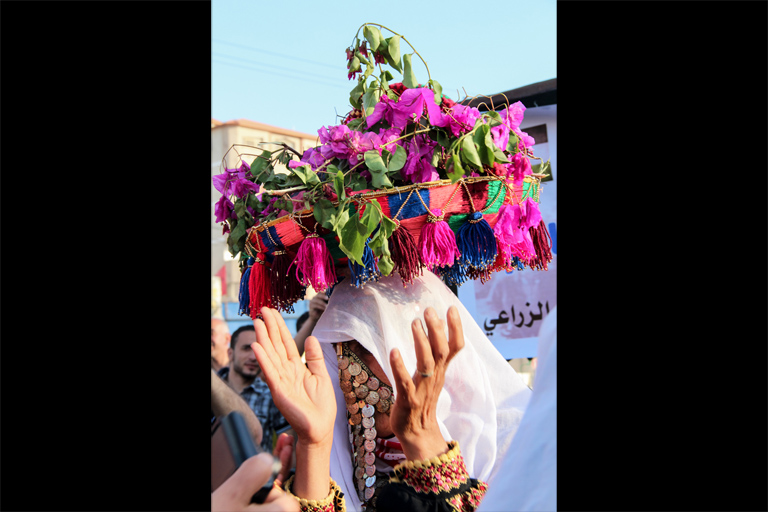 Traditional Bedouin ceremony, May 15, 2012 | (c) Ruqaya Izzidien
Traditional Bedouin ceremony, May 15, 2012 | (c) Ruqaya Izzidien -
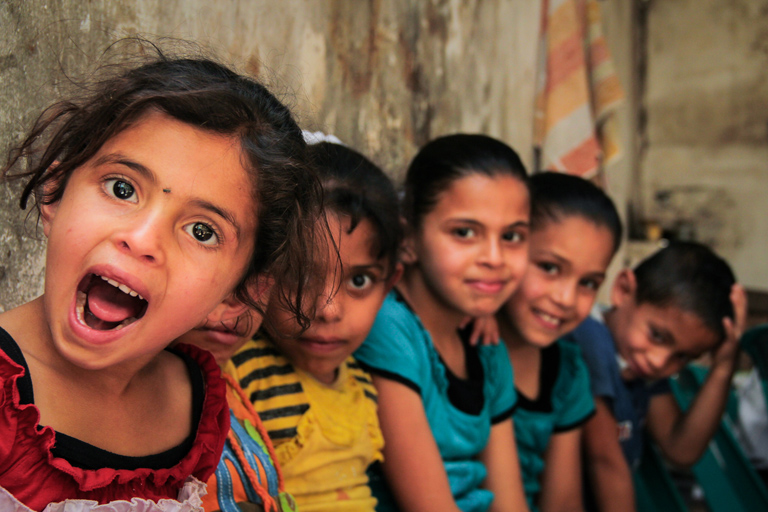 Cousins, May 28, 2012 (Rafah Camp, Gaza Strip) | (c) Ruqaya Izzidien
Cousins, May 28, 2012 (Rafah Camp, Gaza Strip) | (c) Ruqaya Izzidien -
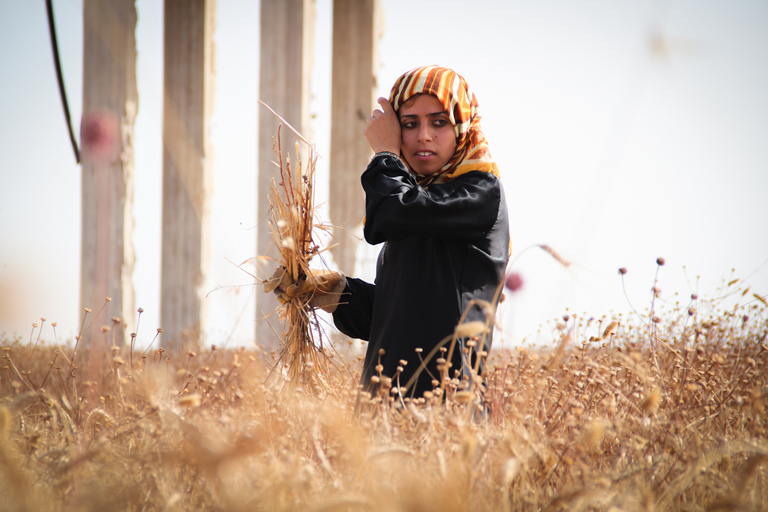 Palestinian woman harvesting wheat near the 'buffer zone,' May 29, 2012 (Khuza'a, Gaza Strip) | (c) Ruqaya Izzidien
Palestinian woman harvesting wheat near the 'buffer zone,' May 29, 2012 (Khuza'a, Gaza Strip) | (c) Ruqaya Izzidien
Civil Rights Attorney Radhika Sainath wrote this piece in Gaza, on November 9, 2011. Not much has changed since then. In November, 2012, a ceasefire was declared between Israel and the Palestinian group Hamas, which controls Gaza. Last month, according to a report, Israeli soldiers fatally shot four Palestinians in the West Bank and at least one in the Gaza Strip. The report identifies the deceased as Anwar al-Mamluk, 20, Udai Darwish, 21, Samir Awad, 17, Saleh al-Amarin, 15, and Lubna al-Hanash, 21.
Palestinians in Gaza love Indians. They love Indian dancing, they love Indian music, they love Indian clothes. Whenever I walk out of the house, someone inevitably asks “hiyya hindeyee?” Is she Indian? ”I knew it!” they say when the response is in the affirmative. “Bheb al Hind,” I love India.
Regular people here in Gaza know a lot about India—far more than the average American or European–which is really surprising given Israel’s closure of Gaza and its isolation from the world. So why this love for India?
Is it because, nearly a decade before India’s independence from Britain, Mahatma Gandhi rejected the Zionist colonial endeavor in Palestine, writing on November 11, 1938:
What is going on in Palestine today cannot be justified by any moral code of conduct. The mandates have no sanction but that of the last war. Surely it would be a crime against humanity to reduce the proud Arabs so that Palestine can be restored to the Jews partly or wholly as their national home.
Or is it the fact that India opposed the partition of British Mandate Palestine at the United Nations General Assembly in 1948, was the first non-Arab country to recognize the Palestinian Liberation Organization (PLO) as the sole and legitimate representative of the Palestinian people in 1974, and did not extend full diplomatic relations to Israel until 1992? Could it be that Yasser Arafat, whose visage can be seen on many a Gazan wall, billboard or door was warmly welcomed in India?
No, no, no and no.
But I had a sneaking suspicion I knew the answer after I recently showed a photo of my Indian-Canadian husband to a family I was visiting in a village in the southeastern part of the Strip a couple of weeks ago.
“Oh, handsome,” said 43-year-old Layla, gazing at the photo I had taken of Suresh on the subway. Layla’s orange, lemon and olive trees had been bulldozed by the Israeli army about ten years ago when Israel created a “buffer zone” within the Strip. Her family had to vacate their farm home because the kids were terrified by the nightly Israeli army gunfire. “I’ve seen him on the television.”
The kids came around and looked at the photo, “He was on the television, he was on the television,” declared 12-year-old Samaher, pointing at the small T.V. “Raj Kapoor,” she added, naming the famous Bollywood actor from the 1950s and ‘60s.
“Tell him he’s invited to Gaza,” added Layla.
I was pretty sure that my husband had not been featured on Palestinian television in the month I had been away. The mystery continued.
Then on Monday, I visited a Sammouni family for the Eid holiday in the Zaytoun neighborhood of Gaza. I had last visited that neighborhood in February 2009, in the aftermath of ‘Operation Cast Lead’ when Israel had killed 48 members of a single extended family and turned the entire neighborhood into rubble.
I brought a big plate of sugary sweets and my wedding pictures. The women went nuts. “It’s just like in the Indian films,” they cooed, “Amitabh Bachchan. Kareena Kapoor,” they added.
It all seemed to be coming together. Amitabh Bachchan was largely responsible for my popularity, along with Kareena, Aishwarya, Hrithik Roshan and the whole gang.
Then yesterday, a woman I had met at a memorial event marking the five-year anniversary of Israel’s shelling of a row of houses in Beit Hanoun, in the north of Gaza, invited me to a pre-wedding henna party. We laid a wreath on the graves for the 19 killed—which included 14 from the same family—and then delivered Eid sweets to Bedouin families living near the buffer zone. Afterwards, we headed to a modest home to see the bride.
I told the women at the party I had just gotten married five months ago. A grandmother who appeared to be in her early seventies gave a short speech in Arabic which I interpreted as “Do you and your husband love each other a lot?”
“Of course,” I declared, thinking she must have found it odd that I came to Gaza so soon after getting married.
“What she means,” another woman translated, “is that Indian people, they have great love stories, she has seen it in the films, and she says that you and your husband, must have had a great love story too.”
Everyone leaned in, arms held out so as not to smudge the intricate lines of green henna drying on their hands. I reflected on our time together… was it an action romance adventure with moustached villains and elaborate choreographed dance scenes?
“Um, yes,” I said, wondering if they wanted more details. They turned to more important questions.
“Do you know Kareena Kapoor?” one woman asked in Arabic.
“We love Indian films,” declared another.
“Dhoom 2 is my favorite,” added one recent college graduate. “But I also love Jodhaa Akbar.”
So Amitabh, Abhishek, Aishwarya, Aamir, Hrithik, Kareena, Salman, Shahrukh, if you’re reading this, how about a shout out to 1.7 million of your biggest fans in the Gaza Strip? Israel has forbidden pasta, tea, cement and freedom flotillas from entering Gaza, but it hasn’t stopped Bollywood. We watch you under the Israeli drones and the F-16s, after being shot at by the Israeli navy and army while fishing, picking olives or going to school. You bring a sliver of joy to people living under the world’s longest occupation in the world’s largest prison, and for that we thank you.
In the gallery: Glimpses of life in Gaza, by Ruqaya Izzidien. Izzidien is a British-Iraqi journalist and photographer.
Gaza and the Greatest Love Story Ever Known
ArticleFebruary 2013
 By Radhika Sainath
By Radhika Sainath
Radhika Sainath is a civil rights attorney, human rights activist, and former union organizer. She has supported democracy and freedom movements in movements in Bahrain, Mexico, Pakistan, Palestine and the Philippines. Radhika traveled to the Gaza Strip in 2009 to investigate evidence of Israeli war crimes and lived in the West Bank for year during the Second Intifada, where she coordinated actions with the International Solidarity Movement, a Palestinian-led nonviolent resistance movement. Her most recent trip to Gaza was in fall 2011. She is an editor and contributor to Peace Under Fire: Israel/Palestine and the International Solidarity Movement (Verso 2004), and currently lives in New York City.



